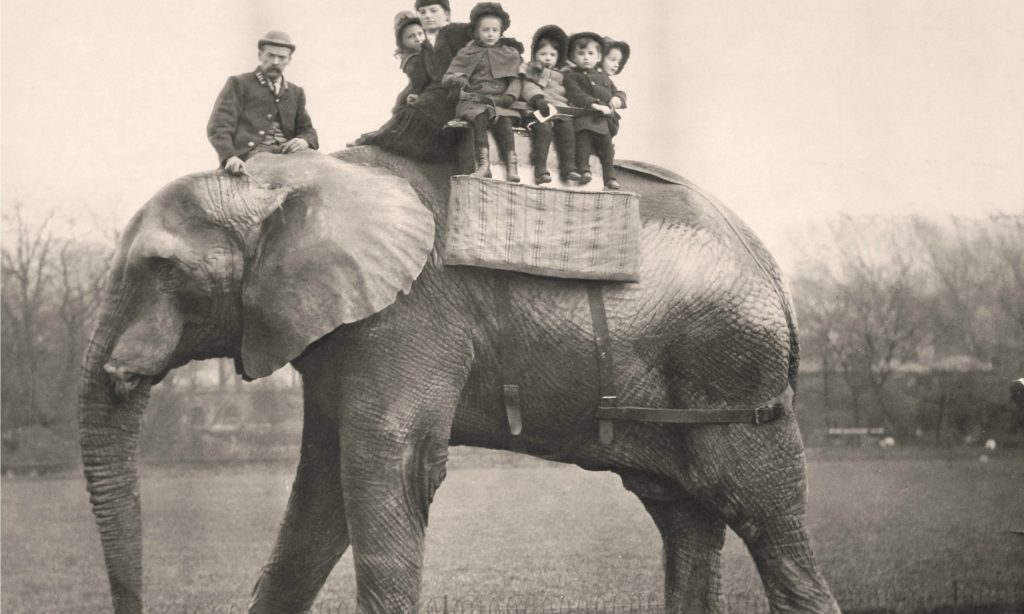McMaster scientists solve the mystery of Jumbo the elephant

McMaster scientist Emil Karpinski studied Jumbo's DNA to find some long-sought answers to questions about the famous elephant's death.
McMaster scientists helped Sir David Attenborough and David Suzuki solve what is, pound for pound, of one of Canada’s biggest mysteries.
In 1885, Jumbo the elephant — billed as the biggest elephant in the world — was hit by a freight train and died on the tracks in St. Thomas, Ontario.
Jumbo had spent his life in captivity, and in the spotlight. He gave children rides at the London Zoo before being sold to P.T. Barnum’s circus, where he was regularly plied with hard liquor to keep him docile.
But for all we know of his life, the elephant’s death is surrounded in mystery. Over time, questions and theories have blurred together with reality. Some said he had tuberculosis and Barnum had him put down and arranged the dramatic train scene; others said Jumbo sacrificed himself to save another elephant.
Producer Stephen Dunleavy spent months working to obtain Jumbo’s DNA samples from the American Museum of Natural History in New York City, and to bring them to McMaster’s Ancient DNA Centre, run by Hendrik Poinar.
Once they got the samples here, PhD student Emil Karpinski analyzed the DNA and set out to answer some of the questions surrounding Jumbo’s death: Did he have tuberculosis? Was he really the biggest elephant in the world?
Ultimately, Karpinski and the rest of the team did find answers to these questions, and to many others. The BBC and CBC co-produced a documentary on their work, called Jumbo: The Life of an Elephant Superstar.
Jumbo: The Life of an Elephant Superstar airs on The Nature of Things on CBC-TV at 8 p.m., Sunday, Jan. 7, and will be available online Friday Jan. 5, at 3 p.m.

